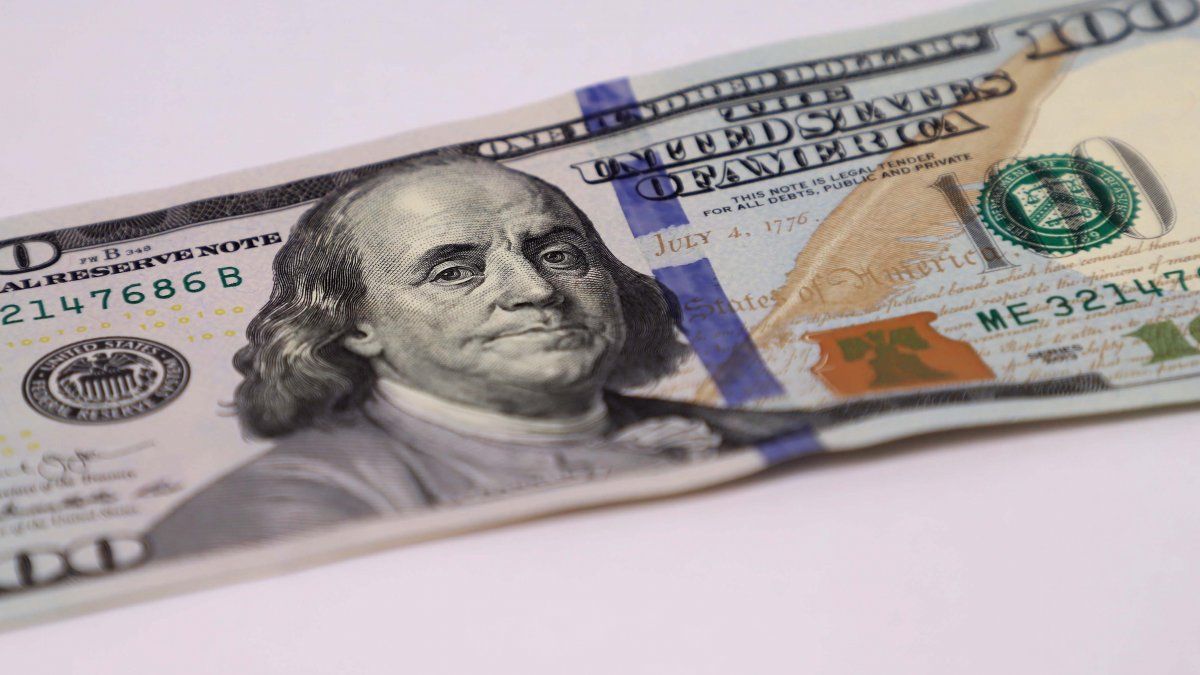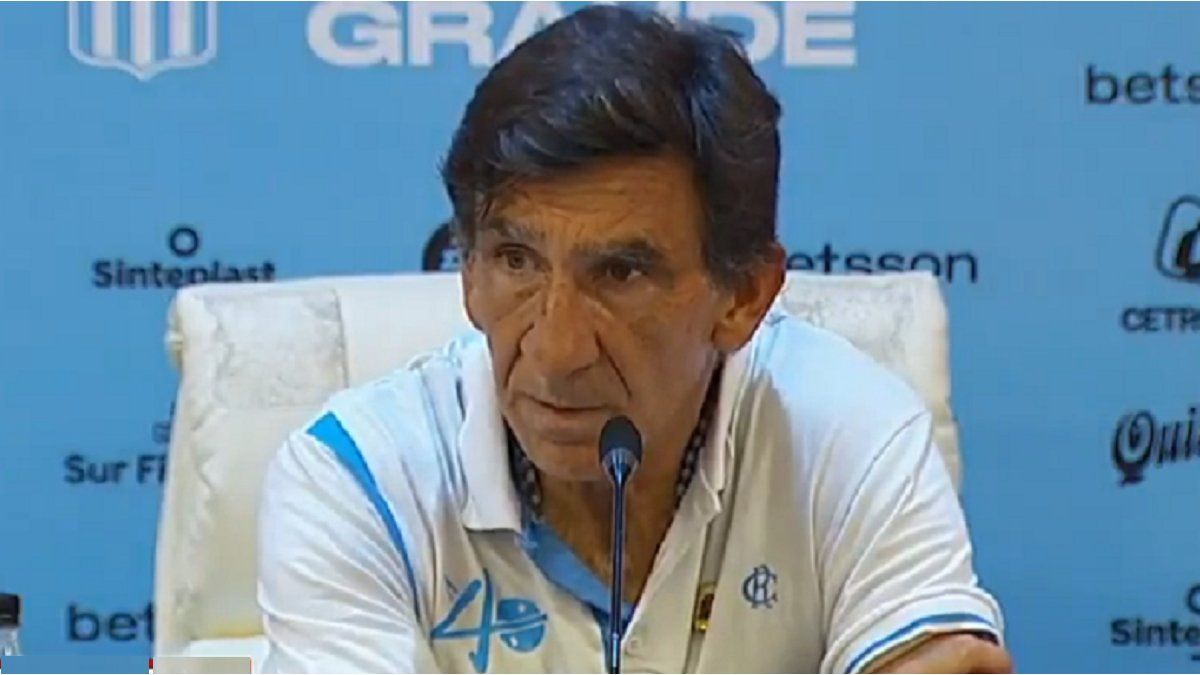Of course it was coming, through a pandemic, falling from 7.2 in May 2020. The same thing happened with the euro and the yen. They all lost against the dollar, between 5% and 13%. Needless to say, all the emerging currencies, with their pluses and minuses, suffered from the strength of the dollar. In this regard, the manna from heaven that was the appreciation of the real, which from R$5.74 per dollar at the end of 2021 fell to R$4.6 at the beginning of last April, ran out after now jumping to R$5. Faced with this world evidence and the recent appreciation of the peso, there is nothing more to give up. It is like a “Double Nelson” key: it devalues below inflation and the dollar appreciates against all currencies. Of course, the BCRA stepped on the accelerator a little more.
According to data from Estudio Broda, in March the devaluation rate rose to 3.3% per month and to 3.9% in April (it came from 2.2% and 2.5% in the first two months). But in parallel, the monthly inflation rate ran the first two months to 3.9% and 4.7% and 6.7% in March and April promises the same. In other words, it was not enough, less to anchor expectations. But how bad is it? It is clear that the real exchange rate has lost competitiveness. And it is true that, for simplicity, economists point out that the real exchange rate is the inverse of the real wage. So if one goes up, the other goes down and vice versa. But aside from the goals set with the IMF, it seems that not only where it comes from but where it is is being left aside.
For years the economy has been dragging imbalances that are spasmodically hatching different aspects of the macro. It is argued that the dollar is cheap. Let’s see. The parallel dollar (CCL) of the October 2020 peak, according to Macroview data, is today equivalent to almost $290 while that of Macri’s last months is almost $170. Given the question of whether the CCL below $200 is expensive, Macroview considers that “it is a dollar according to this unstable and uncertain macro.” In other words, it is typical of a context of instability like the current one and similar, for example, to the 1980s with Alfonsín and Menem. Because a parallel dollar of terminal crisis today would be equivalent to more than $350/$380.
Of course a $200 CCL with a terminal crisis would be cheap. Today it seems not to be that context. While the official dollar, today at $114, is not at all behind its historical average level. For example, late official dollars as with Kicillof (2015) or Sturzenegger (2017) would today be $82 and $88, respectively, and the Convertibility or Martínez de Hoz Tablita (1979/80) would be $76 and $65. But it happens that wages are buried in the subsoil.
What is the economy’s average dollar wage? Surely there is super-competitiveness there. There are no complaints from the UIA or from the exporters. Nor waves of Argentines traveling abroad. As much as they say that there are “thousands” of reserves for the World Cup. So, it’s not very cheap, least of all in terms of family income.
Source: Ambito
David William is a talented author who has made a name for himself in the world of writing. He is a professional author who writes on a wide range of topics, from general interest to opinion news. David is currently working as a writer at 24 hours worlds where he brings his unique perspective and in-depth research to his articles, making them both informative and engaging.




